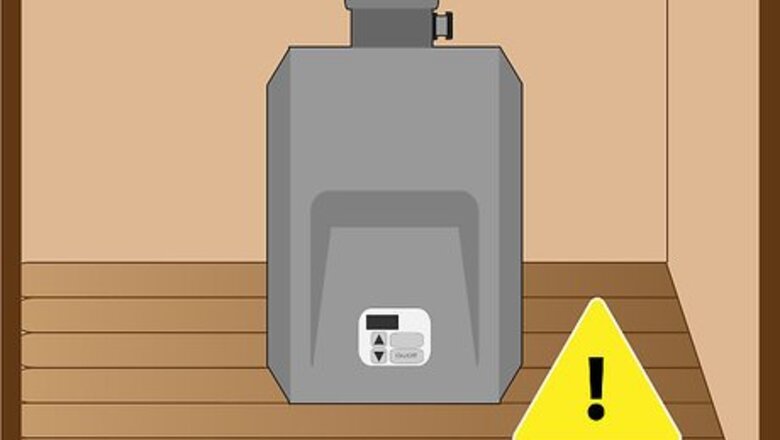
views
X
Research source
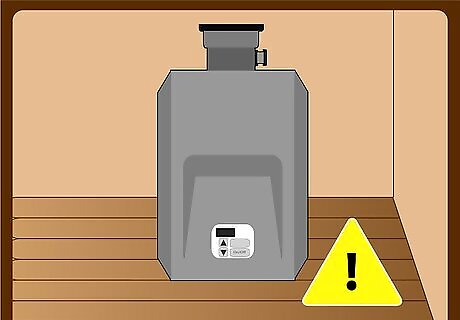
CAUTION: Tankless water heaters generally require larger diameter gas supply lines, higher voltage power supply (if contemplating electric on-demand), dedicated - special stainless steel flue (known as Category II, III or IV) or larger diameter exhaust system. Please take these things into consideration before you decide to DIY.
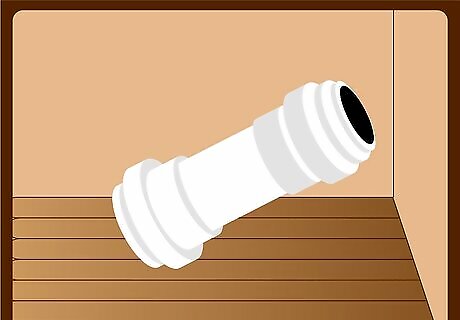
It is highly recommended that you use special union connector sets for the water supply which employ bypass capability. This will allow for simple, easy de-liming maintenance process in the future.
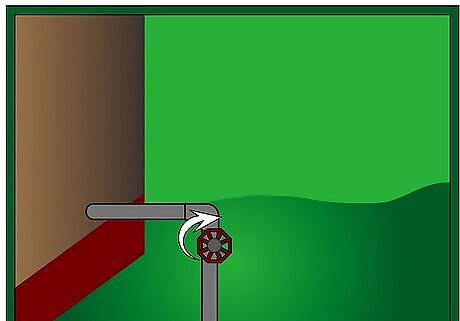
Turn off main incoming water line to house.
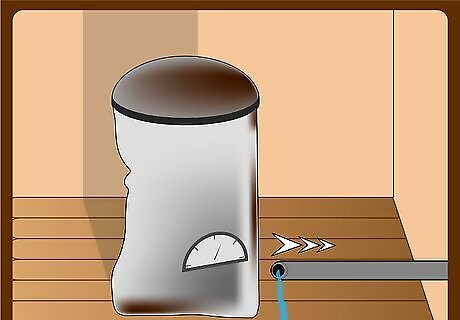
Disconnect supply line from old water heater. You will probably have some water left in the line even though your main has been shut off. Place a bucket underneath water bib to catch any spills.
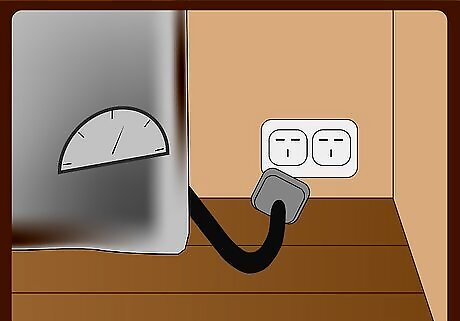
Disconnect heat source from old water heater as follows: for gas, (propane) make sure the supply valve is closed (this is usually determined by the direction of the handle to the valve sitting either in the same direction as the line "open", opposite the direction of the line "closed"). For and electric water heater, simply unplug the appliance from the wall outlet.
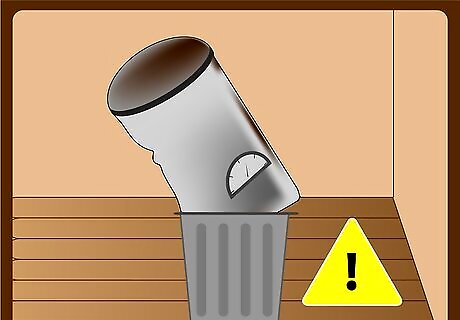
Once you have completely disconnected the old water heater you must remove it from it's current parking space and make sure to dispose of it according to the laws in the area you live in.
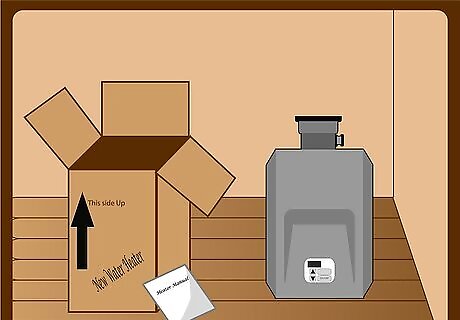
Remove your new tankless water heater from the carton and place all hardware and instructional material close at hand.
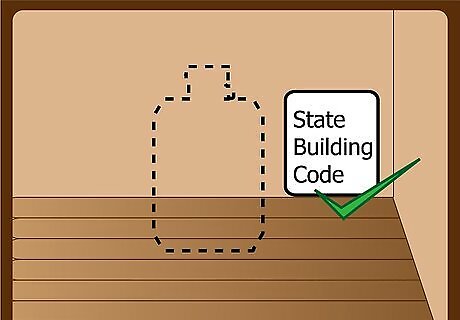
Determine the location best suited for this appliance and make sure you have allowed for the proper clearances around it to comply with all state and local building codes.
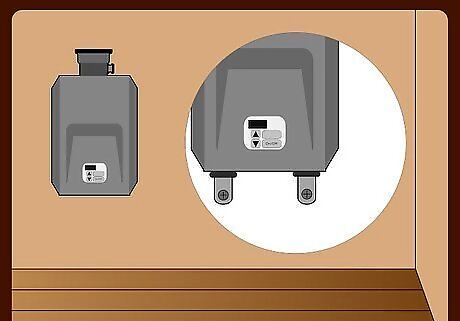
Mount tankless heater on wall according to manufacturers instructions, making sure that you have appropriately supported its weight.
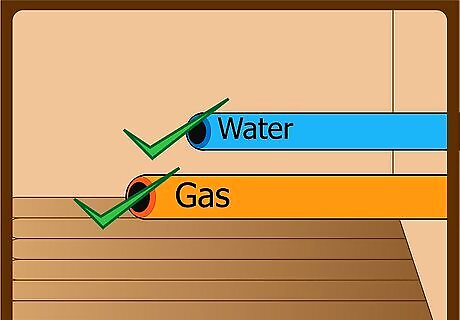
Now you're ready to hook up all the connections.
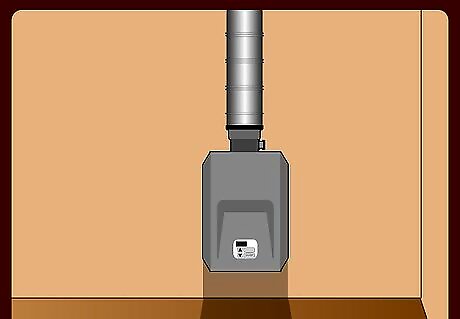
If you have gas, install ventilation ducting. Typically tankless water heaters requires larger flue or special stainless steel flue.
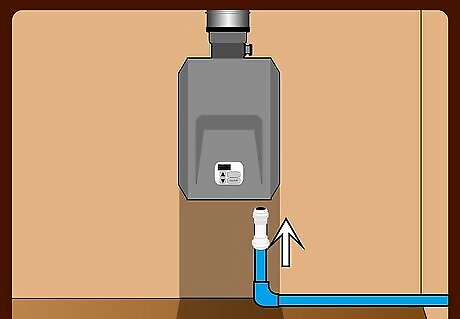
Begin with the supply line (water line).
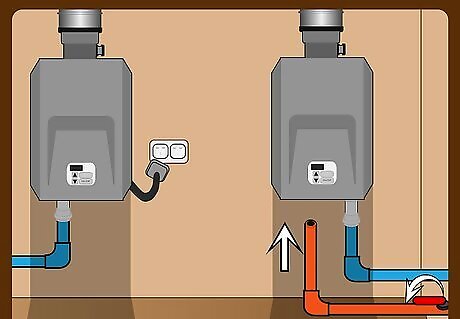
Next should be the heat source. If your water heater uses electricity, plug it in to the wall.* If your water heater is gas, you will need to hook up a gas supply line from the stub at the wall to the new water heater. Open the valve so that the handle is in the same direction as the line.
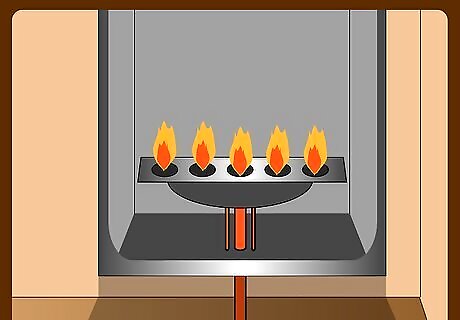
Following manufacturers directions, light the pilot on the gas water heater.
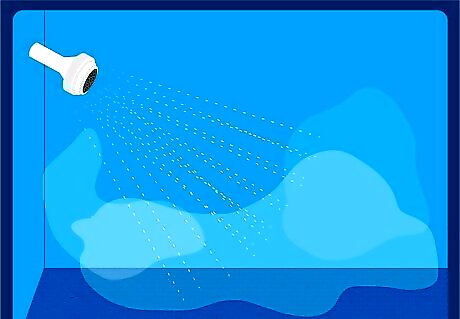
Now go to your favorite shower location and enjoy an endless stream of hot water. All that work was well worth it!
















Comments
0 comment